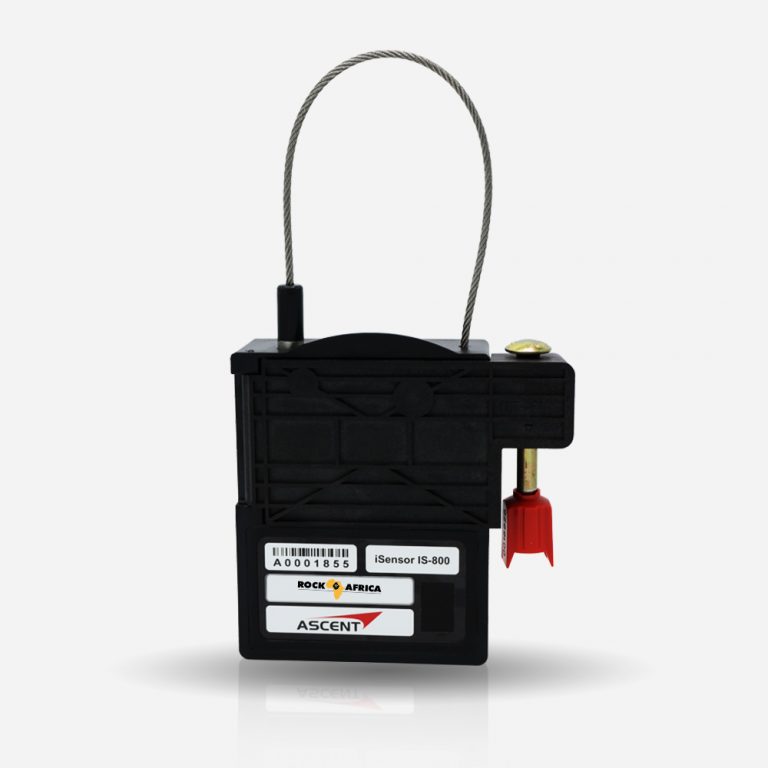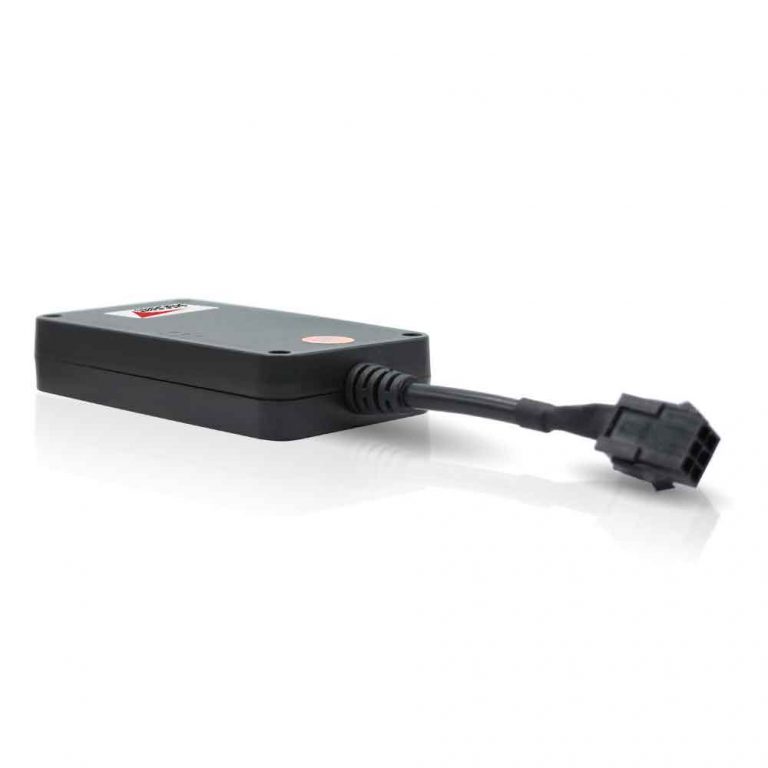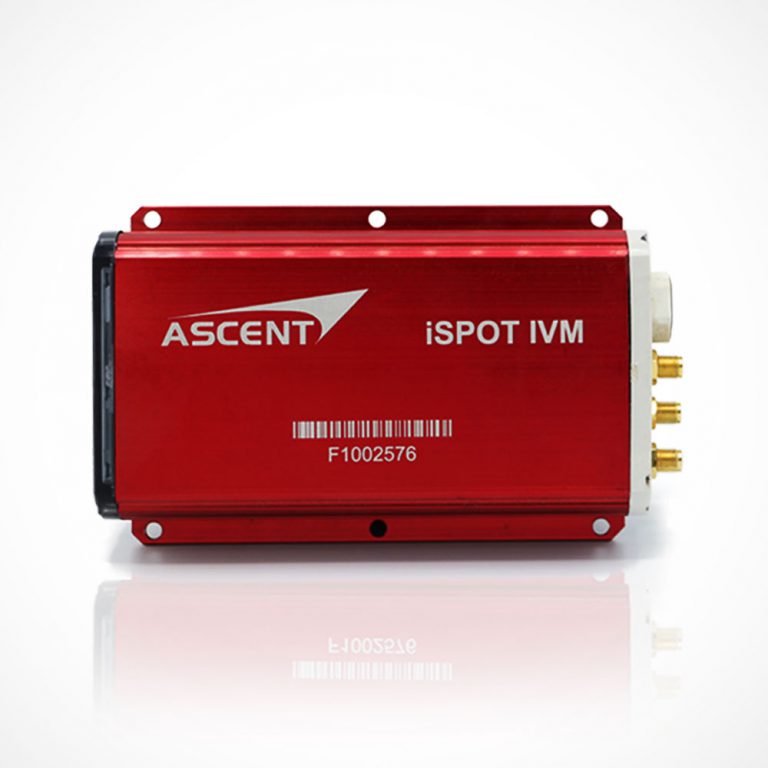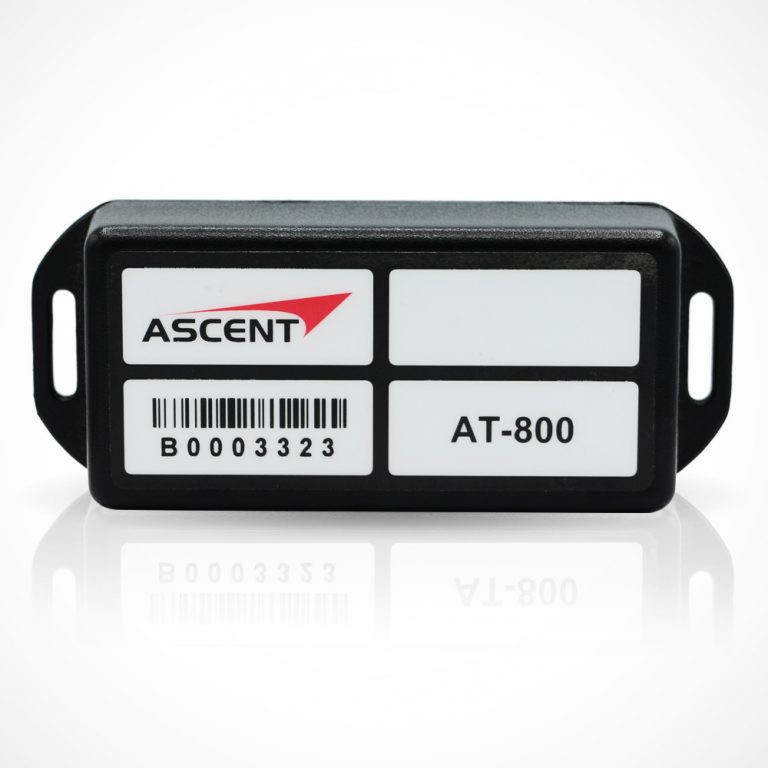Lift Monitoring for Housing Authority
Background:
As the world population increases, it has led to the urbanisation of cities such that there is a need to optimise our space to accommodate for more people. This has changed the construct of buildings from low rise to tall residential and business buildings. As such, it has led to the increasing use of elevators and lifts to service these tall buildings in urban cities.
Housing authorities in various countries have greater responsibilities to fulfil with regards to the building and maintenance of public housing lifts in apartment blocks and tall residential buildings. Just like any other infrastructures, lifts would age and deteriorate too. When lift faults are unaddressed, it poses danger to lift passengers.
Usually, only lift manufacturers have access to data on their lifts. For example, when there is a fault, lift manufacturers will be able to extract data about how the lift is behaving in order to pinpoint issues and repair them. On the other hand, housing authorities themselves do not have access to this data and hence, they are unable to monitor the lift’s ride quality independently and would have to wait for the lift manufacturers to get back to them inspections which would cause time lags.
Challenges:
It is crucial to ensure that lifts are well maintained so as to prevent any accidents and avoid instances where passengers are stuck in the lift. However, housing authorities do not have the capability to use data to pinpoint the exact lift fault when accidents do happen. Without data, they cannot analyse and detect the cause of lift outages and hence, experience difficulty in addressing the issue for maintenance.
Furthermore, lifts are maintained on a fixed time interval basis and not based on the level of usage. Different lifts have different levels of usage such that some are used more frequently than others and hence, should be maintained more frequently than others. Hence, there is a need for data to do preventive and predictive maintenance for lifts so as to prevent and address lift faults before they happen. Housing authorities are also concerned about the voiding of manufacturer warranty when they engage in their own lift monitoring methods.
Solutions:
Rock Africa’s lift monitoring device provides useful data analytics on the performance of lifts. It detects lift faults or anomalies early on before the breakdown and this data will be reported so that actions such as predictive and preventive maintenance works can be put into place to address these faults.
The lift monitoring device has sensors installed in lifts that detects parameters such as floor mis-levelling, vibration, door opening and closing, speed, noise and alarms. There is also the accelerometer that logs and analyses the quality of lift journeys via parameters such as vibrations and speed.
The data collected will be sent to housing authorities for them to make accurate decisions with regards to maintenance services for each lift with varying conditions. Also, when lift passengers report lift issues, they can review the data to understand if the fault was true or not. As such, housing authorities no longer need to rely on lift manufacturers to retrieve this data.
Overall, Rock Africa’s lift monitoring device is capable of detecting issues for more effective pre-emptive lift works. This helps to save costs in maintenance because housing authorities do not have to deal with last minute lift repairs that may incur higher costs. More importantly, it helps to promote greater safety among lift users by preventing any accidents via timely maintenance works.




